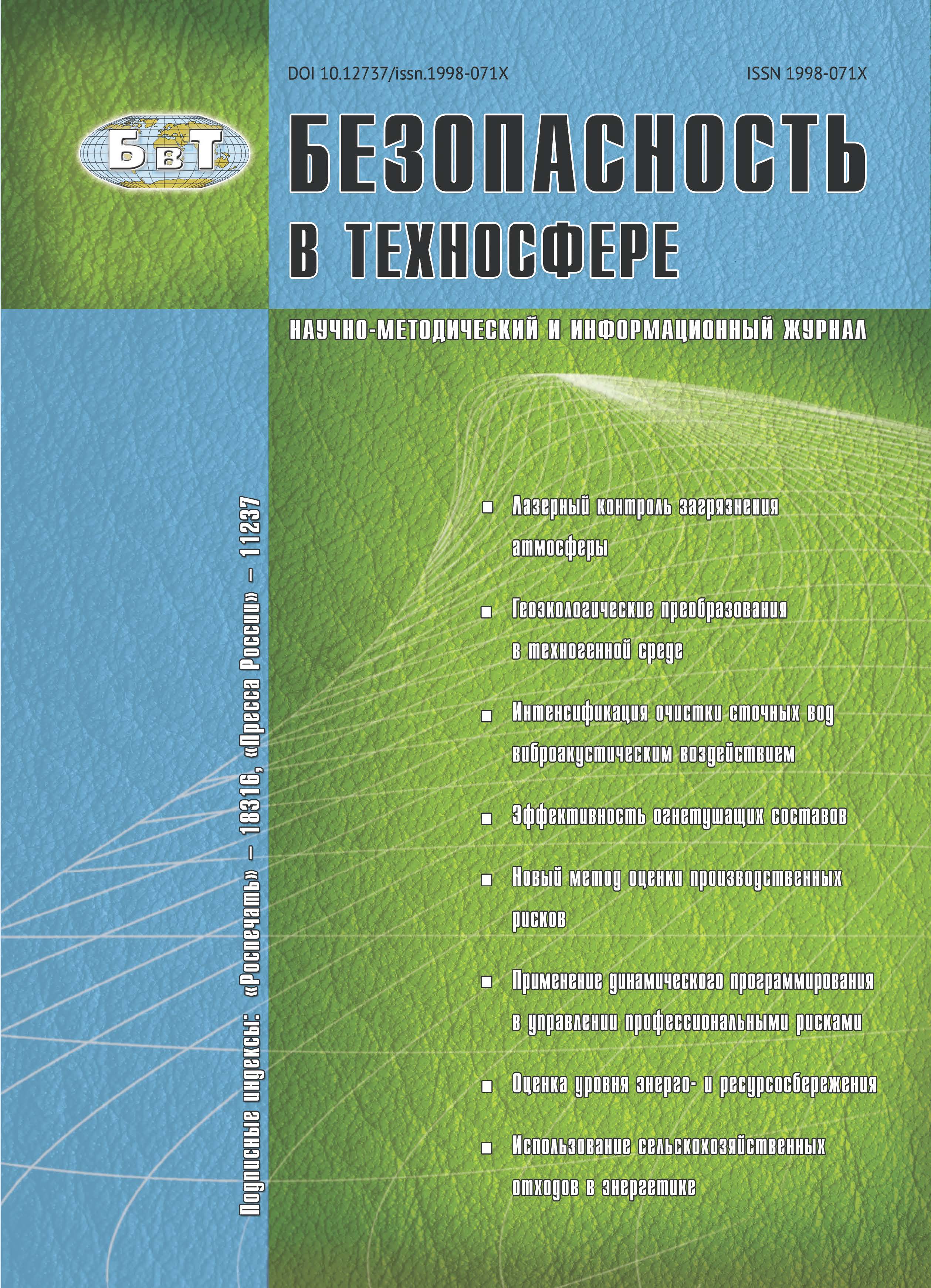Moskva, Moscow, Russian Federation
Actuality of atmosphere protection from pollution by low-pressure flare gas as well as possibility of solving of this problem owing to application of liquid-gas jet devices with two-phase active flow are shown. Results of experimental investigations of ejectors with active two-phase flow at mass fraction of gas in active flow more than 0.003 are presented. Significant error of calculation results using approach which does not take into consideration interaction of active gas and liquid at mixing chamber initial zone is observed. It is shown that use of momentum conservation equation for liquid and gas flows at mixing chamber initial zone enables to take into account influence of active gas energy and to obtain satisfactory agreement of calculation and experimental data at mass fraction of gas in active flow more than 0.003. The obtained results were used for designing of liquid-gas jet devices with active two-phase flow for low-pressure flare gas utilization at Kokdumalak oil and gas condensate field.
atmosphere pollution, flare gas, utilization, jet devices, two-phase active flow.
1. Введение в проблему
Предприятия нефтегазового комплекса относятся к крупнейшим загрязнителям атмосферы Земли. По разным оценкам [1], в атмосферу нашей планеты ежегодно выбрасывается от 40 до 90 млн т различных углеводородов. Основными компонентами этих выбросов являются легкие углеводороды метанового ряда C1…C5 и сероводород H2S, присутствующий в нефти в значительном количестве. При этом наибольший объем выбросов (более 20 млн т/год) приходится на метан CH4. Углеводороды оказывают негативное воздействие на все живые организмы, а метан приводит к усилению парникового эффекта на нашей планете. Так, согласно [2], вклад СН4 в усиление парникового эффекта в настоящее время составляет около 18% и по этому показателю он уступает только углекислому газу.
1. Belov S.V., Pavlikhin G.P., Spiridonov V.S. Anthropogenic pollution of the atmosphere and the Earth’s ecosystem: Ouch. manual for the course “Bioecology”. Moscow, Publishing House of the MSTU, 2000, 52 p. (in Russian)
2. Skurlatov Y.I., Duca G.G., Miziti A. Introduction to Environmental Chemistry. Moscow, Vyssh.shk. Publ., 1994, 400 p. (in Russian)
3. Korshak A.A. Shammazov A.M. Fundamentals of the oil and gas business: a textbook. Ufa LLC «DizaynPoligrafServis» Publ., 2001, 544 p. (in Russian)
4. Rudin M.G. Pocket Guide refiner. Leningrad, Chemistry Publ., 1989, 464 p.
5. Gorelik D.O., Konopelko L.A. Monitoring of air pollution and emission sources. Aeroanaliticheskie measurement. Moscow, Publishing House of Standards.1992, 432 p. (in Russian)
6. Tsegelsky V.G. Two-phase jet apparaty. Moscow, Publishing house of Bauman MSTU, 2003, 408 p. (in Russian)
7. Akimov M.V., Tsegelsky V.G. Experimental study of the liquid-gas jet apparatus with an active two-phase flow. Math. universities. Mashinostroenie. [Math. universities. Mashinostroenie]. 2002, I. 5, pp. 21-34. (in Russian)
8. Akimov M. Utilization of low pressure f lare gases at the enterprises of the energy complex using liquid-gas jet apparatus with a two-phase f low of active safety. Zhiznedeyatelnosti. [Zhiznedeyatelnosti]. 2005, I. 11, pp. 21-25. (in Russian)
9. Yinhai Zhu, Wenjian Cai, Changyun Wen, Yanzhong Li. Numerical investigation of geometry parameters for design of high performance ejectors. Journal Applied Thermal Engineering. May 2008.
10. Vasiliev Y.N. On the theory of gas ejector. The collection of studies on supersonic gas ezhektorov. Moscow, 1961, pp. 48-79. (in Russian)






